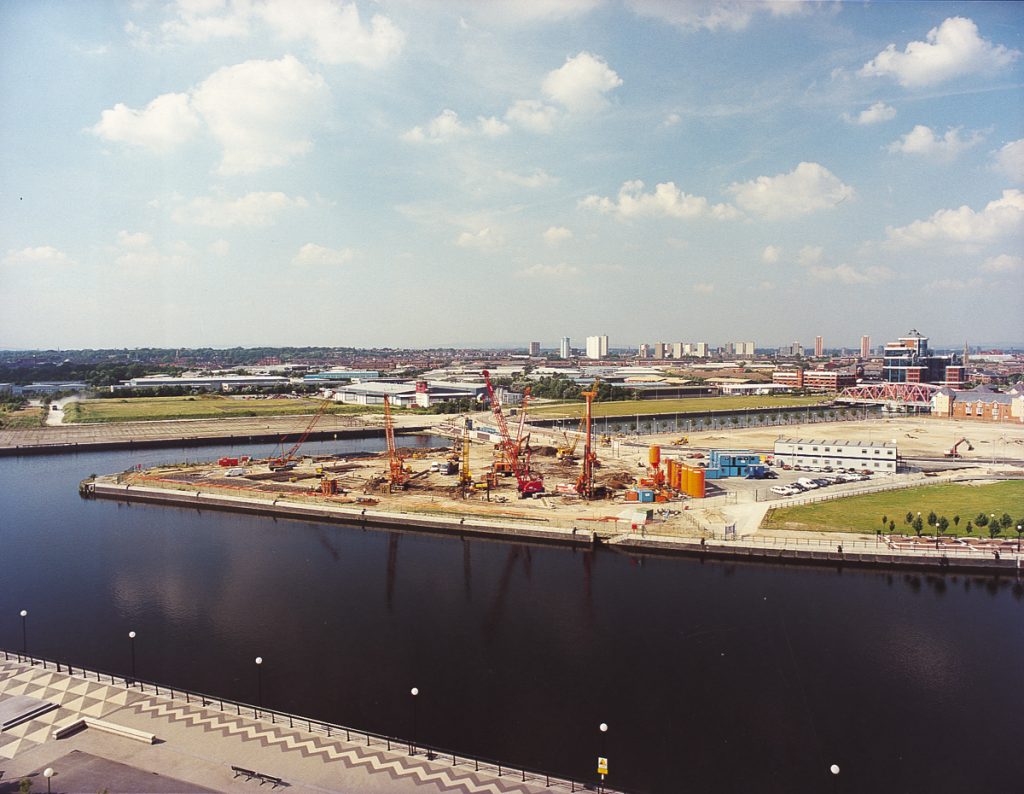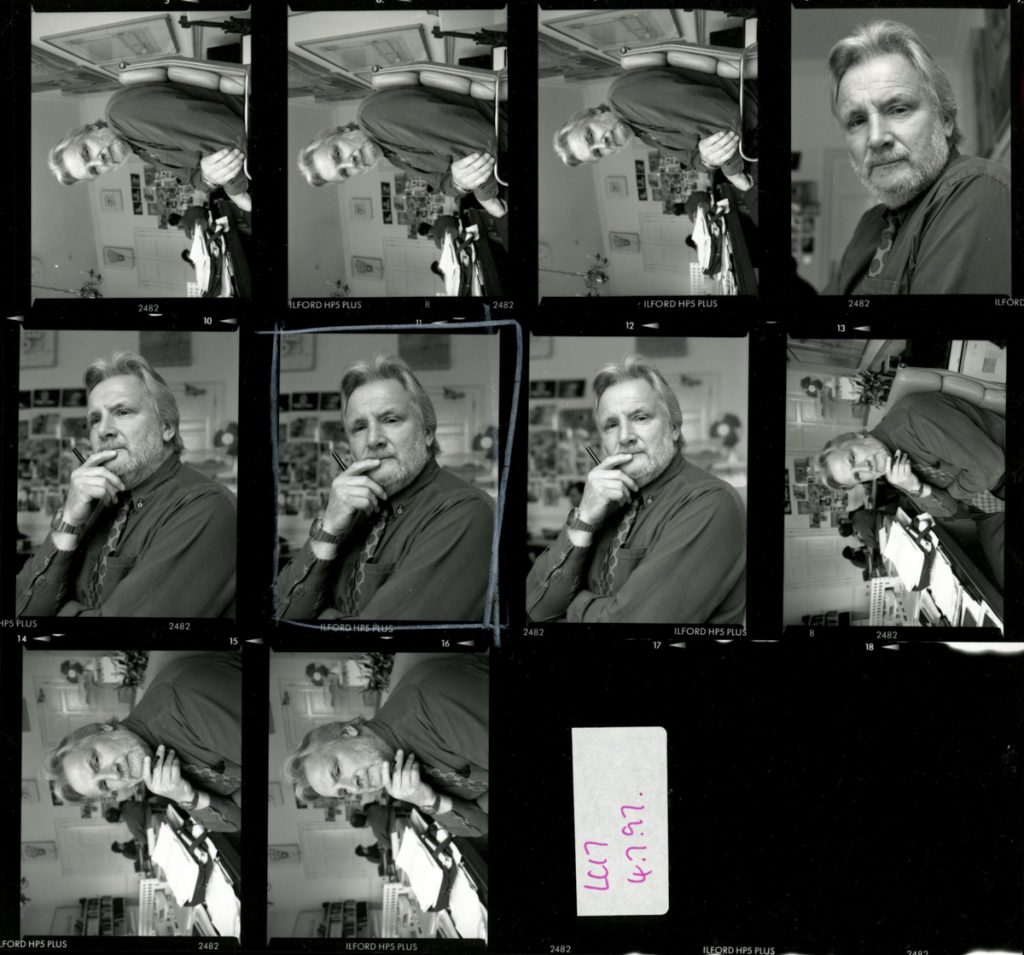The Lowry: winning the commission
[This is one of series of blogs to promote my campaign to produce a 30-year retrospective book.]
The Lowry was 20 years old last month. I remember the date because our youngest son shares pretty much the same birthday. He arrived on 19th April 2000 just as I was completing my commission to document the Salford arts centre.
Looking back at my negative files I can see I didn’t take that much time off when he arrived. The next day I was in the rehearsal room covering a photocall for Gumboots, a dozen energetic South African dancers who’d be on the Lowry stage within weeks.
This all being pre-digital, I have five large folders of monochrome and colour negatives, starting from 1997 when I won the commission.
The Lowry Trust launched a competition to decide on their preferred photographer. I was one of only two shortlisted after the first round of the competition. To help the panel make their decision, photojournalist Nigel Hillier and I were both given a small fee, and a couple of months, to make work that demonstrated our approach.

My emphasis was, of course, on people. Although the headline of my documentary work is the regeneration of (wider) Manchester, the subtitle has always been, the people that have made it happen.
On the front page of my written submission I quoted the American curator, John Szarkowski:
Architecture is not only a collection of buildings, it is a process… Photography of architecture should be less preoccupied with the finish building – an object – and more interested in the human and technical processes which proceed and produce it.
So I set about getting myself in front of the relevant people so I might tell their stories.
Architect Michael Wilford was an obvious choice. He and his partner, Sir James Stirling, had worked together for over 30 years and it was their joint practice that had been shortlisted by the City Council to come up with a design for an arts centre on the end of a disused Salford dock.
As they were refining their ideas in June 1992, Stirling died unexpectedly following a routine operation. A month later – and what a month that must have been – Wilford presented to the Council and its partners and won the commission.
Sir James Stirling subsequently gave his name to the annual RIBA architectural prize, the equivalent of the Booker or the Turner Prize – a prize that Michael Wilford and Partners won in 1997 for The Music School in Stuttgart.
I spent a day at the practice’s London studio photographing Michael Wilford and his colleagues. For the head of an international architecture practice with a lot on his plate, Michael was wonderfully accommodating. I appreciated the time he spent with me, introducing me to members of his team, and the lunchtime curry he treated me to at his local restaurant.

As well as Michael Wilford I also photographed the staff at a local diner (emphasising the economic impact The Lowry would have), and some guy taking water samples from the docks (the environmental impact).
These, and other portraits, highlighted my storytelling approach and I was subsequently taken on to capture not only the build but all the ‘behind the scenes’ activities.